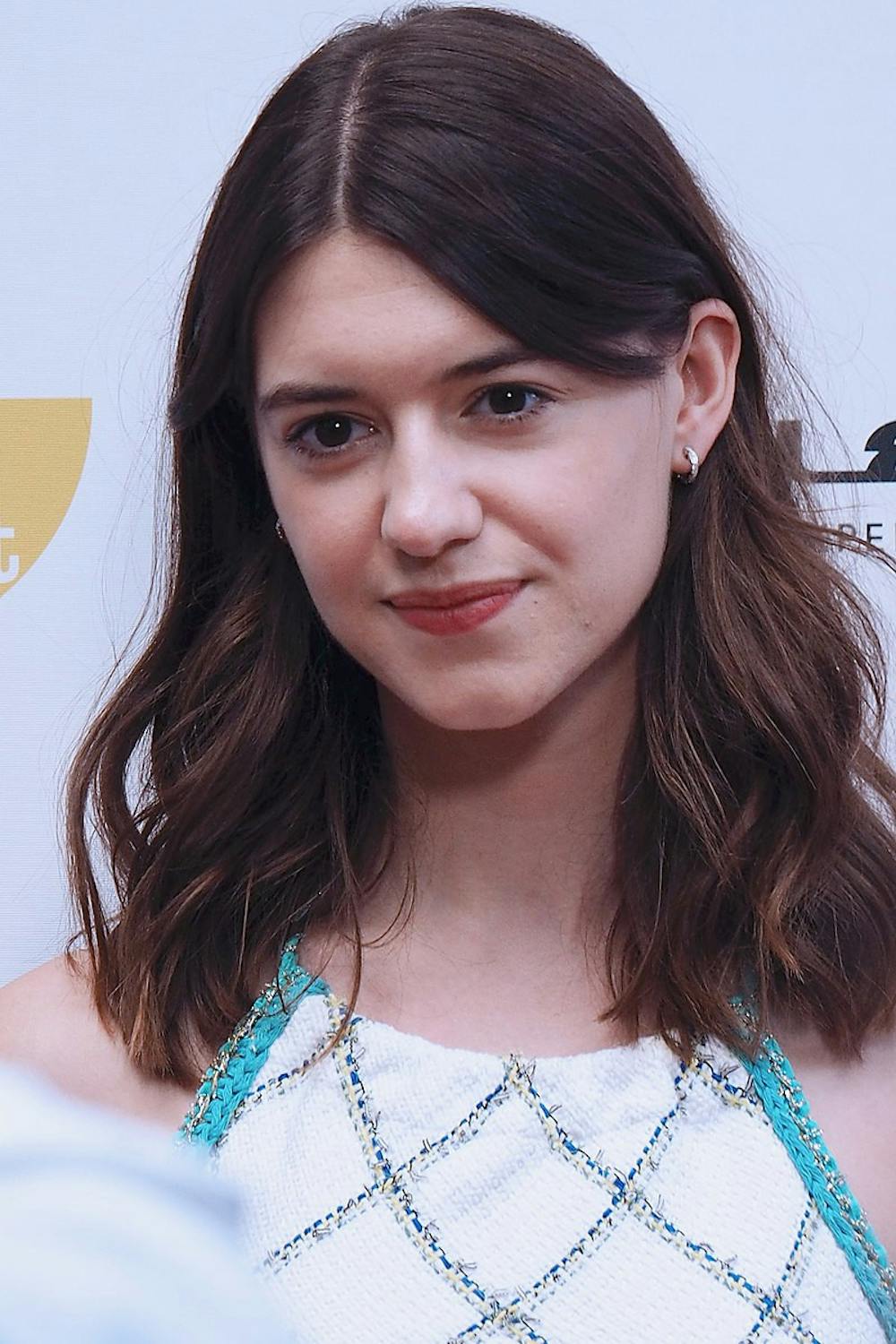Released on March 4, Hulu’s new thriller Fresh, directed by Mimi Cave, follows the story of a young woman disillusioned by the modern dating scene. The film comments on the serial consumption of bodies from a romantic, sexual and even literal standpoint.
The plot ramps up slowly, with ominous music simmering beneath the seemingly low-stakes story. The film opens with the main character Noa (Daisy Edgar-Jones) waiting outside a restaurant to go on a date with a stranger from the internet. The date goes horrifically, with a brilliant performance by Brett Dier as Chad. He is obnoxious, egotistical and unabashed in his uncouthness.
Noa is left with a feeling of dejection, completely horrified by the humiliating possibilities of dating people without any context save for a brief conversation online. Moving on from the Chad incident, Noa continues her regular routines, ironically still confused about why she never meets anyone. She bemoans her unluckiness with her best friend Mollie (Jojo T. Gibbs) at a boxing studio — a location laden with symbolism of female strength, which was a bit heavy handed.
In a stunning turn of events — spoilers lie ahead — Noa meets the charming Steve (Sebastian Stan) at the grocery store. Steve asks Noa on a date, and their date starkly contrasts from the opening scene with Chad. The cinematography of this scene mirrors that of the parlor scene in Alfred Hitchcock’s 1960 film Psycho. The camera captures Steve’s reflection in the mirror at the bar, emphasizing his duplicitous and dangerous personality. The slow, dramatic buildup of recognizing what is wrong with Steve reflects the same Hitchcockian tactics used for Norman Bates.
The cinematography plays an important role in creating unease throughout the film. Extreme closeups of the actors’ faces limit the visibility of their full expressions, emphasizing the characters’ qualities of secrecy and abilities to compartmentalize. The camera participates in the scene as an organic observer, moving almost imperceptibly, following the patterns of the human gaze. It remains blurry at times, and the director refrains from an abundance of wide shots, separating the viewer from complete clarity — an extension of Noa’s illusory experience with Steve.
The lighting helps develop the satirical tone, with its warm, playful quality. Although the film deals with dark topics, the warm lighting invites the viewer into its superficially inviting atmosphere, mirroring Steve’s effect as a character. Practical lights work to create a sense of intimacy in Steve’s home as well as the bar where they have their first date. This creative decision transforms the film into a well-developed satire rather than just a corny commentary.
Edgar-Jones plays an honest, spunky Noa. Her performance is understated, perhaps even slightly deadened. This film deviated from the more mundane sexual conflicts seen in the TV series Normal People, but her role still revolves around dating, sex and self-loathing. Hopefully, viewers will see more diverse roles from her in the future, ones that expand beyond a discussion of modern dating and into more avenues of the female experience.
Gibbs as Mollie brings life to the film and a heightened energy to her scenes. However, her character exists in the story as Noa’s sidekick and emotional support, a classic trap for people of color sidelined by white characters with more screen time. Gibbs works within these constraints, but her character lacks the narrative death her white onscreen counterparts possessed.
Stan’s performance as a cannibalistic heartbreaker is convincing. He looks like a vision of perfect male domesticity as a sinister force lurks within his sporadically harsh vocal delivery. His performance adds to the fever dreamlike quality of the film and ties the director’s vision into a delicate knot.
There’s no way to get around talking about this movie without talking about cannibalism. The movie contains graphic imagery of men consuming human flesh — women’s flesh. Cave does not stray away from graphic images and forces the viewers to think critically about the obsession with the traditionally female body. The metaphor is disturbing at first, then takes on a humorous quality by the end. The film seems to enjoy the ridiculousness of the premise and relish in the opportunity to depict such symbolic horror.
Fresh portrays modern dating as a cannibalistic process, in which people, especially women, are consumed not for who they are but for their bodies. This assumption holds a certain gravity and will likely pierce through other assumptions about romance and sex within a generation entrenched in a digital age.





